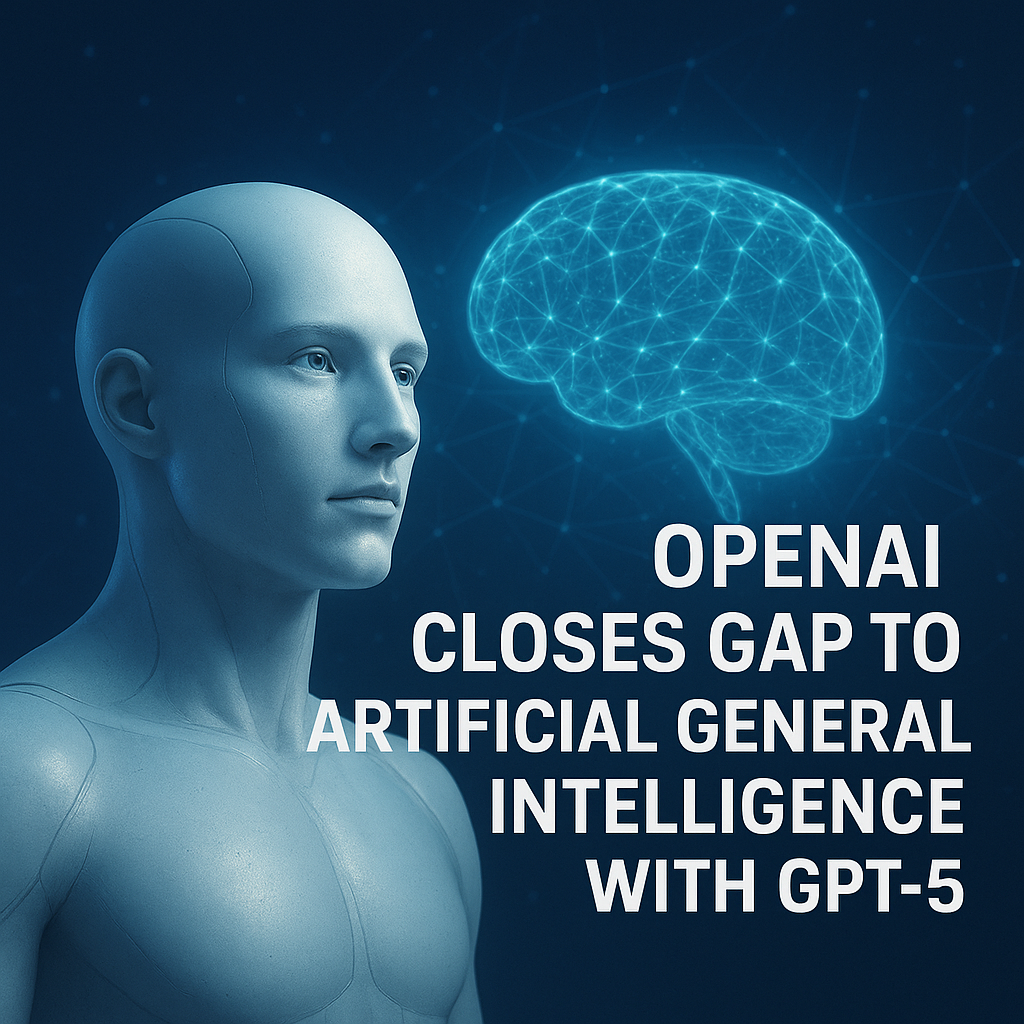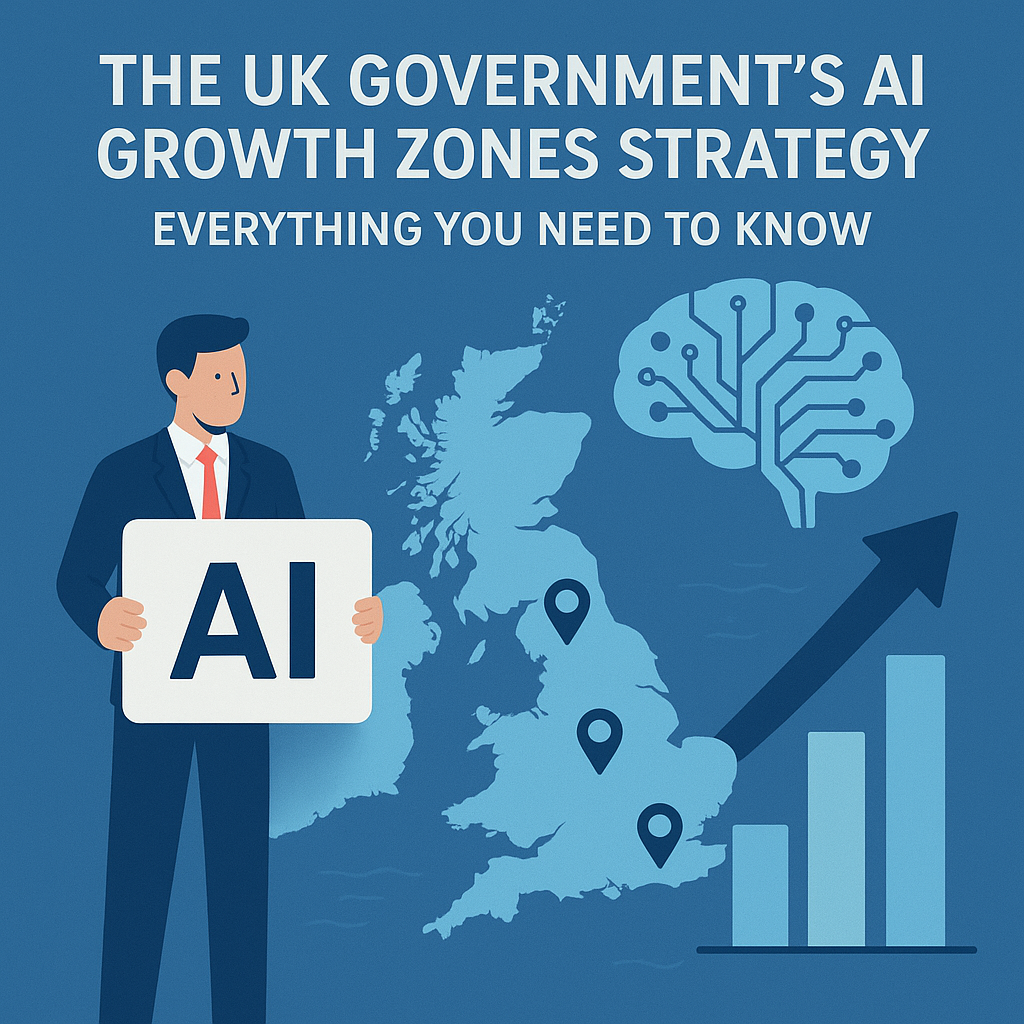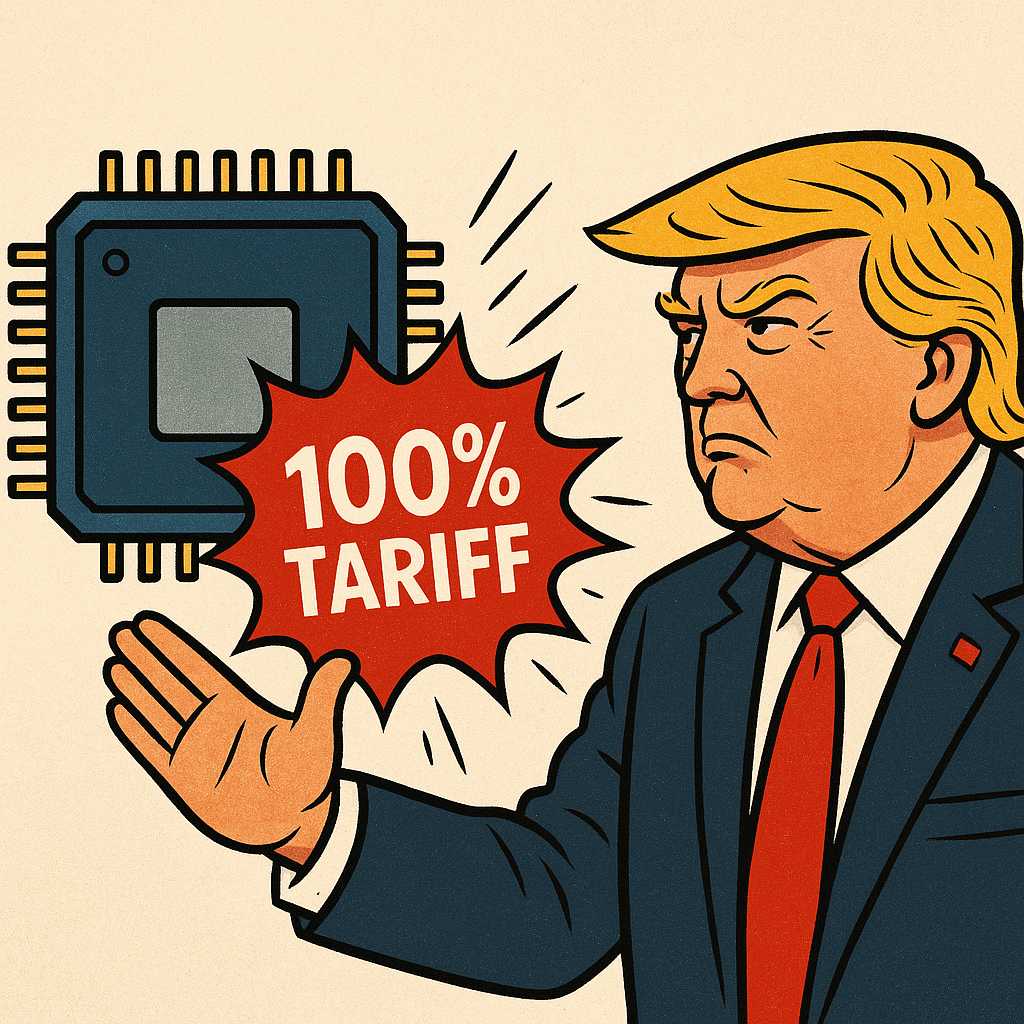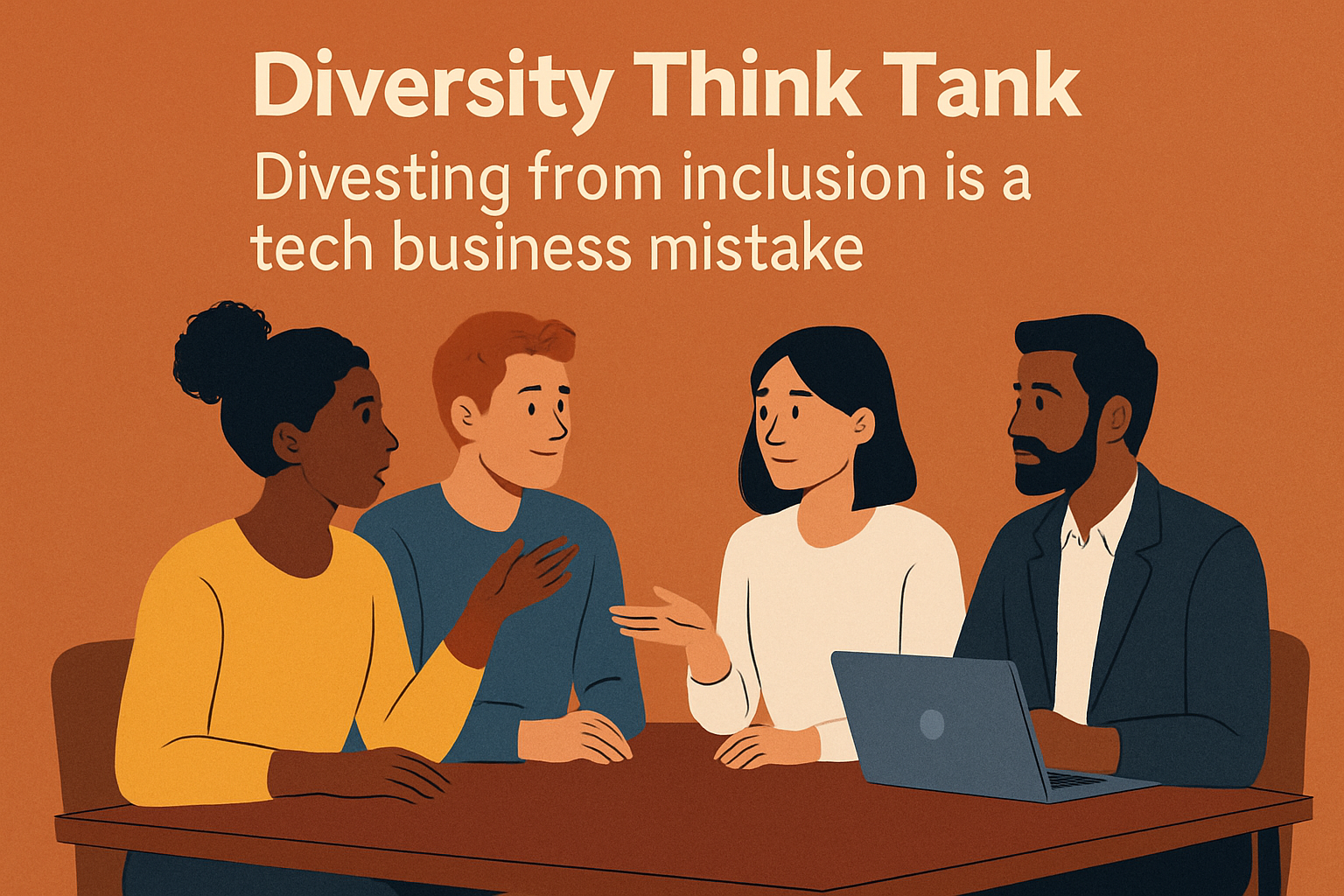Introduction
OpenAI’s GPT-5 arrives with a practical promise: stronger accuracy, faster and steadier responses, and reasoning that scales with task difficulty. In plain language, it feels less brittle. You can hand it more context, ask it to keep a thread alive across a long conversation, and push it toward tougher real-world work without watching the logic collapse. This guide explains what is new, how the system appears to be organized, where the benefits will show up first, and the concrete steps leaders can take to capture value while keeping risk in check. The lens here is operational: what actually works when you move from small pilots to production.
A quick orientation: what is different in GPT-5
Accuracy that bends less under pressure
Users report fewer confident mistakes on multi-step tasks and better adherence to facts when long context is involved. GPT-5 is more comfortable showing its working when asked, which makes audits and peer review easier. This does not eliminate the need for verification on high-stakes decisions, but it reduces the frequency and severity of off-track answers.
Reasoning that adapts to difficulty
GPT-5 behaves as if a routing layer evaluates your request, then chooses between a fast generalist path or a deeper reasoning path. The deeper path allocates more compute, uses structured thinking, and can call tools when needed. The result is chain-of-thought-quality analysis, tighter JSON outputs, and better internal consistency on thorny problems.
Context handling that feels natural
Long inputs, sprawling briefs, multi-file threads: GPT-5 holds more of it in working memory with fewer drops of important details. This shows up in tasks like policy drafting, product requirement analysis, and research synthesis where continuity and nuance matter.
Speed and stability together
Latency tails are shorter. The average response is brisk, and the slowest tenth of replies is less likely to spike unacceptably. This improves user experience in support tools, coding assistants, and interactive analysis.
Output structures you can trust more often
When you ask for JSON, tables, or stepwise plans, GPT-5 is better at respecting format, field types, and ordering. That reliability lowers the cost of downstream parsing and reduces the number of re-tries in automated workflows.
How GPT-5 seems to be organized
A memory manager: keeping long threads coherent
Long context is only useful if the model can locate the relevant pieces at the right moment. GPT-5 exhibits stronger locality of reference: it pulls in the correct clause from a 30-page policy, or the right number from a dense spreadsheet, more reliably than earlier releases. The experience is closer to working with a careful analyst who keeps notes organized.
Where you will see gains first.
Customer operations
Agents and chatbots can read more of a customer’s history, apply policy correctly, and produce compliant summaries with fewer escalations. Supervisors can audit complex cases faster because the model produces structured notes with references to policy chapters you supplied.
Research and content development
Analysts can pass longer briefs and mixed materials: transcripts, PDFs, spreadsheets. GPT-5 keeps track of who said what, which number belongs to which scenario, and what should remain tentative pending confirmation. Draft quality improves, and the number of human edits per page declines.
Governance and compliance support
Policy mapping, control catalogs, and evidence collection are repetitive and detail heavy. GPT-5’s improved structure adherence and cross-document reasoning shorten the loop from policy to procedure to checklist.
How to capture value: a practical blueprint
Step 1: pick the right problems
Start with tasks that are frequent, costly, and measurable. Good candidates share three traits. First, the current process has clear inputs and outputs. Second, quality is easy to score using rules or checklists. Third, the task already suffers from waiting time, inconsistency, or rework. Examples include customer note drafting, invoice coding, test case generation, and internal policy Q&A.
Step 2: define quality before you build
Write a one-page success spec. State the purpose, define required fields in the output, list disallowed behaviors, and include three gold examples of good and bad results. This document becomes the north star for prompts, tools, and evaluations. Without it, you will debate taste when you should be improving fit.
Step 3: design for two routes
Mirror GPT-5’s internal pattern. Create a fast lane and a deep lane in your workflow. The fast lane returns a direct answer when confidence is high. The deep lane triggers retrieval, tool calls, and chain-of-thought style reasoning when the prompt is complex or when quality checks fail.
Step 4: keep a human in the loop where it counts
For regulated or high-impact outcomes, maintain review steps with checklists. Ask reviewers to score clarity, factuality, compliance, and tone on a simple scale. Feed that data back into evaluation dashboards so you can see trends rather than hunches.
Evaluation that business leaders can trust
Metrics that move the needle
- Task success rate: the percent of outputs that pass review on the first try.
- Time to first draft: minutes from input to a reviewable result.
- Revision count: how many edits were required to reach acceptance.
- Hallucination rate: the share of factual errors per hundred tasks.
- Escalation rate: the share of tasks that needed a human to take over.
- Cost per resolved task: model usage plus review time.
- Latency percentiles: P50 and P95 response times for real users.
Track these weekly. Annotate changes when you adjust prompts, tools, or routing rules. Over a quarter you will know which changes paid off and which only felt promising.
Test sets that actually predict production
Build a small but sharp test set. Ten to twenty cases per use case is enough if each case is representative and tough. Include edge conditions, messy formatting, and trick questions that mirror the reality your team faces. Regenerate results only when you intentionally change the system. Otherwise you will chase noise.
Risk: what can go wrong and how to prevent it
Data exposure
Define clear redlines for sensitive fields. Use data classification and masking before anything hits the model. Keep secrets in a vault and pass them to tools only when necessary. Log all accesses and review anomalies.
Confident errors
Require sources for critical claims drawn from your own knowledge base. Use retrieval to ground answers. For material decisions, require a second pass that checks the first pass for internal contradictions or missing evidence.
Bias and unfair outcomes
Write fairness requirements into your success spec. Audit outputs for disparate treatment across user groups. Where possible, hide protected attributes and close proxies during decision steps.
Cost creep
Set per-user budgets and alert on spikes. The deep reasoning lane is powerful, but it is more expensive. Route to it deliberately, not by default.
Model drift
Re-run evaluation suites on a schedule. Keep at least one stable baseline prompt so you can tell whether changes in quality are coming from your code, your data, or the underlying model.
Prompt and system patterns that work
Role and rules at the top
Start with a short system instruction that defines the assistant’s role, the audience, tone, and hard constraints. Keep it concise. Long meta-instructions get ignored under load.
Examples over adjectives
Show two clean examples of ideal outputs for your task. People respond to examples better than abstractions. So do models.
Schema first
Describe the exact JSON you want, including field types and allowed values. Ask for nothing else. When the model drifts, validate and request only the broken fields.
Retrieval as a habit
Tell the model what it is allowed to use as evidence. Then retrieve those snippets and pass them alongside the question. Answers get crisper and audits get easier.
Safe fallbacks
If the model cannot answer with confidence, instruct it to say so and escalate. In support settings, this one rule preserves trust.
Change management: how people adopt GPT-5
Training that sticks
Teach the why and the how. Why: the business goals and metrics. How: the three or four patterns users can rely on. Keep sessions short and hands-on. Provide a cheat sheet. Make it easy to give feedback inside the tool.
Clear ownership
Name a product owner, a risk owner, and an operations owner. Product shapes the workflow, risk sets the guardrails, operations watches quality and cost. When these roles are unclear, pilots stall.
Communication loops
Publish a short weekly note: what shipped, what improved, what needs input. Small transparency keeps momentum and prevents rumors when a bad output circulates.
Common questions
Can GPT-5 replace expert review
No. It accelerates skilled work by drafting, organizing, and checking. Experts still make the final calls on material decisions, especially in regulated environments.
Do we need our own data to see value
You will get gains on general tasks immediately. The bigger jumps arrive when you bring your own documents, policies, and templates. Retrieval and structured prompts turn generic capability into institutional memory.
How do we keep outputs consistent across teams
Standardize prompts and schemas. Package them as templates in the tools your teams already use. Pair them with short how-to videos and a simple review rubric.
A 30:60:90 day plan you can adopt
Days 1 to 30: foundation
Pick two use cases. Write success specs. Build tiny but tough test sets. Implement a fast lane with structured outputs. Add a manual review step. Ship to a small group of real users.
Days 31 to 60: depth
Add the deep reasoning lane with retrieval, tool calls, and validation. Instrument latency, costs, and quality metrics. Tune routing rules. Start weekly quality councils with frontline users.
Days 61 to 90: scale
Expand users. Automate validations and partial retries. Set budgets and alerts. Publish weekly dashboards and a monthly summary. Document playbooks so new teams can replicate success.
Conclusion
GPT-5 narrows the gap between helpful automation and dependable reasoning. The model’s strengths show up in three places: steadier accuracy under load, reasoning that scales with task difficulty, and output structures that downstream systems can trust. The promise is real, but value depends on design choices you control. Pick problems where quality can be measured. Build two routes: fast and deep. Enforce structure. Keep humans in the loop where stakes are high. Measure what matters. When you do that, GPT-5 stops being a lab demo and becomes a dependable partner for work that mixes judgment, context, and speed.









